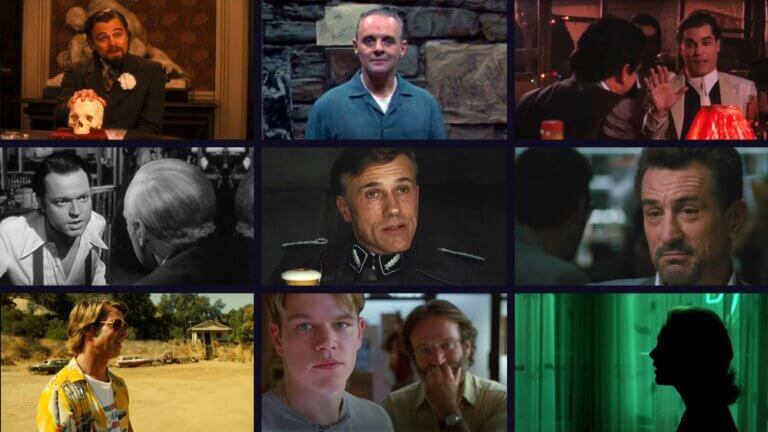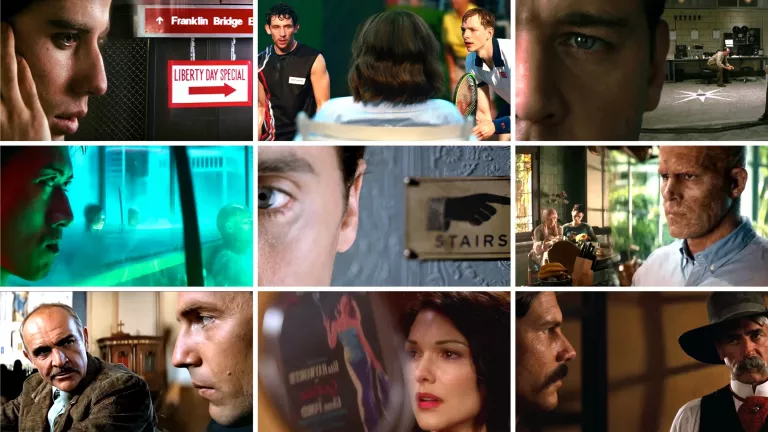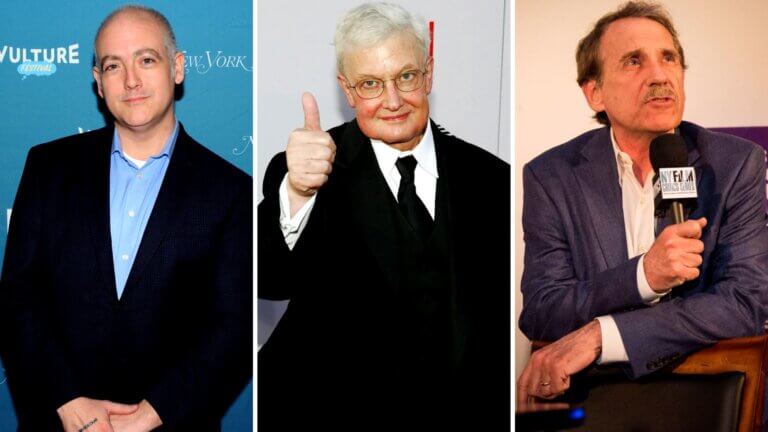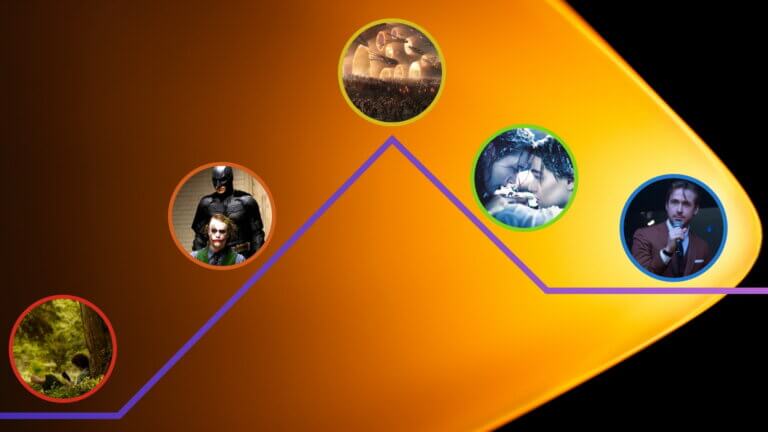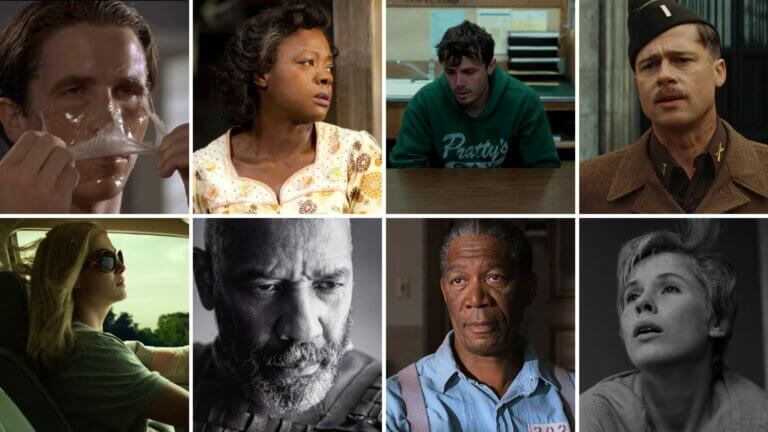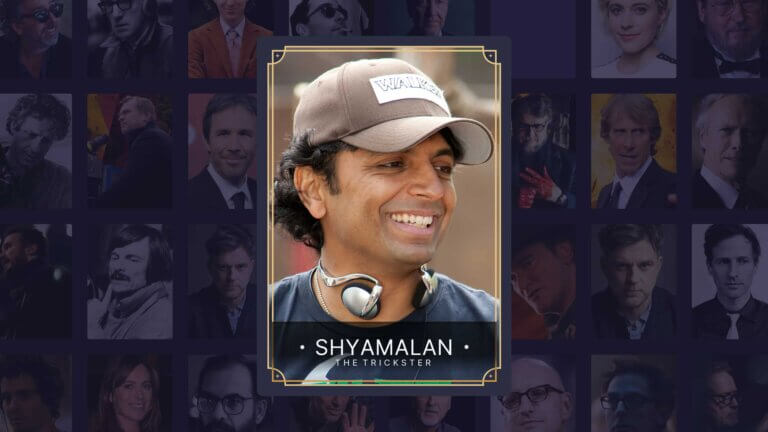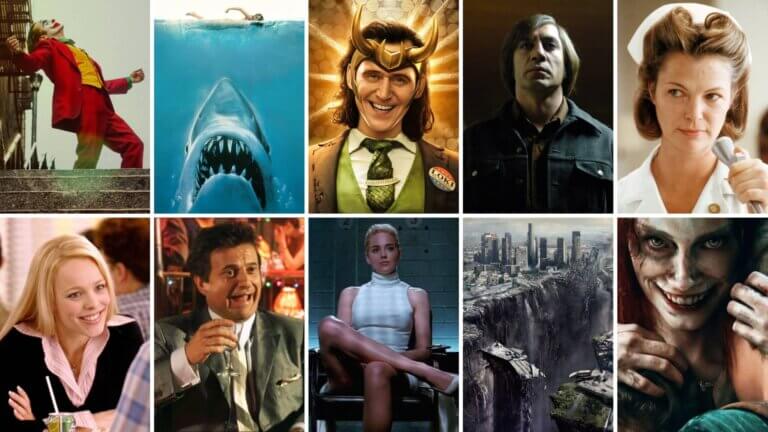Narrative films are made up of scenes. It should come as no surprise that a screenwriter needs to know how to write a scene. Every great scene carries emotional weight, character change, and story propulsion. If you can’t write a good scene, you can’t write a good movie. So, what are some of the fundamental elements of a great scene? How can you incorporate them into your script? Time to break down how to write a scene, and look at some scene examples.Continue reading How to Write a Scene — Elements of a Great Scene Explained
Browse Film Terms A B C D E F G H I J K L M N O P Q R S T U V W X Y Z Whether you’re working on your first or 100th film, there is always something new to learn. When you need to update your film terminology, this resource will be your best friend. We’ve included as many film terms as humanly possible all on one page, so let’s get into it.Continue reading Ultimate Guide to Film Terms: The Definitive Glossary of Film Terminology
Filmmakers have a wide variety of camera techniques to implement to adequately tell a story. One of the most powerful tools directors have at their disposal is the split diopter lens, which is capable of having two subjects at different distances in frame simultaneously.In this blog, we’ll go over what exactly a split diopter shot is. We’ll also include plenty of examples, so you can see it first-hand. Used properly, you can use a split focus diopter to convey a certain mood and direct your audience to exactly what they need to pay attention to.Continue reading The Split Diopter Lens…
Early filmmakers showed the world that a movie director could be an artist. But not every movie director. Because part of auteur theory is knowing how to define auteur directors. Before auteur theory, Directors were important, but the other factors were still more significant. Stars. Studios. Producers.People referred to a 'Clark Gable movie' for example, because in the 1930's stars ruled the day. Auteur theory came in the early 1950's, and it changed all that. It shifted some power away from actors, producers, and studio moguls. It shifted power towards directors. Towards specific types of directors. And it ultimately led…
Film, at its best, is a conduit for shared human experience, an art form that transcends boundaries and languages. It's a mirror held up to society, reflecting our triumphs, our failings, our dreams, our fears. And in this medium of storytelling, the role of the movie critic emerges as an important component of the art. If you’re interested in this field, this guide dives into how to become a movie critic in the necessary skills to start your career.Continue reading How to Become a Movie Critic — Career Tips Explained
Making a movie is an extraordinary accomplishment that requires skill, perseverance, and a little bit of luck. But just because you’ve made a movie doesn’t mean anyone is going to see it. That’s where marketing comes in. What is film marketing? And what marketing approaches are most effective? Let’s break it down.Continue reading What is Film Marketing — How to Sell Movies to an Audience
Freytag's Pyramid is a seminal model that writers have utilized since its inception, breathing life into compelling narratives that captivate audiences. As we delve into its myriad layers, we'll uncover how it lends structure to the chaos of storytelling, prompting readers to embark on an emotional roller-coaster that leaves them yearning for more.Continue reading What is Freytag’s Pyramid — 5 Steps of Story Structure
Movies have been known to transport us to different worlds, times, and experiences through the power of storytelling. And one of the most magical ways that movies do this is through the use of monologues. From inspiring speeches that make us want to stand up and take action to heart-wrenching confessions that bring us to tears, the best movie monologues can capture the essence of a film and stay with us long after the credits have rolled. In this blog post, we'll take a look at some of the best monologues in movie history that have left an imprint on…
Best Shyamalan MoviesShyamalan's Style ExplainedThe Return of M. Night Shyamalan Love him or hate him, the M. Night Shyamalan directing style is worth studying. He’s made every kind of movie: universally loved, universally loathed, and a few that will endlessly divide audiences. But before he became a punching bag on the internet, Shyamalan was making exciting and confident masterpieces. If he had never found such success, perhaps his fall from grace would have gone unnoticed. For this post, we’re going to focus on the techniques and strategies that Shyamalan did well. The internet might have irreparably damaged Shyamalan’s reputation but…
Villains come in all shapes and sizes. From cruel dictators to menacing ghosts, these villains are often the driving force behind a story's narrative. Through their evil deeds, villains create tension and keep readers on the edge of their seats. Whether they're out for revenge or simply seeking power, every villain has their own unique motives and endless list of misdeeds. In this blog, we'll explore the different types of villains that inhabit our stories and discuss how they differ from each other.Continue reading Types of Villains — 10 Forms of the Villain Archetype Explained
